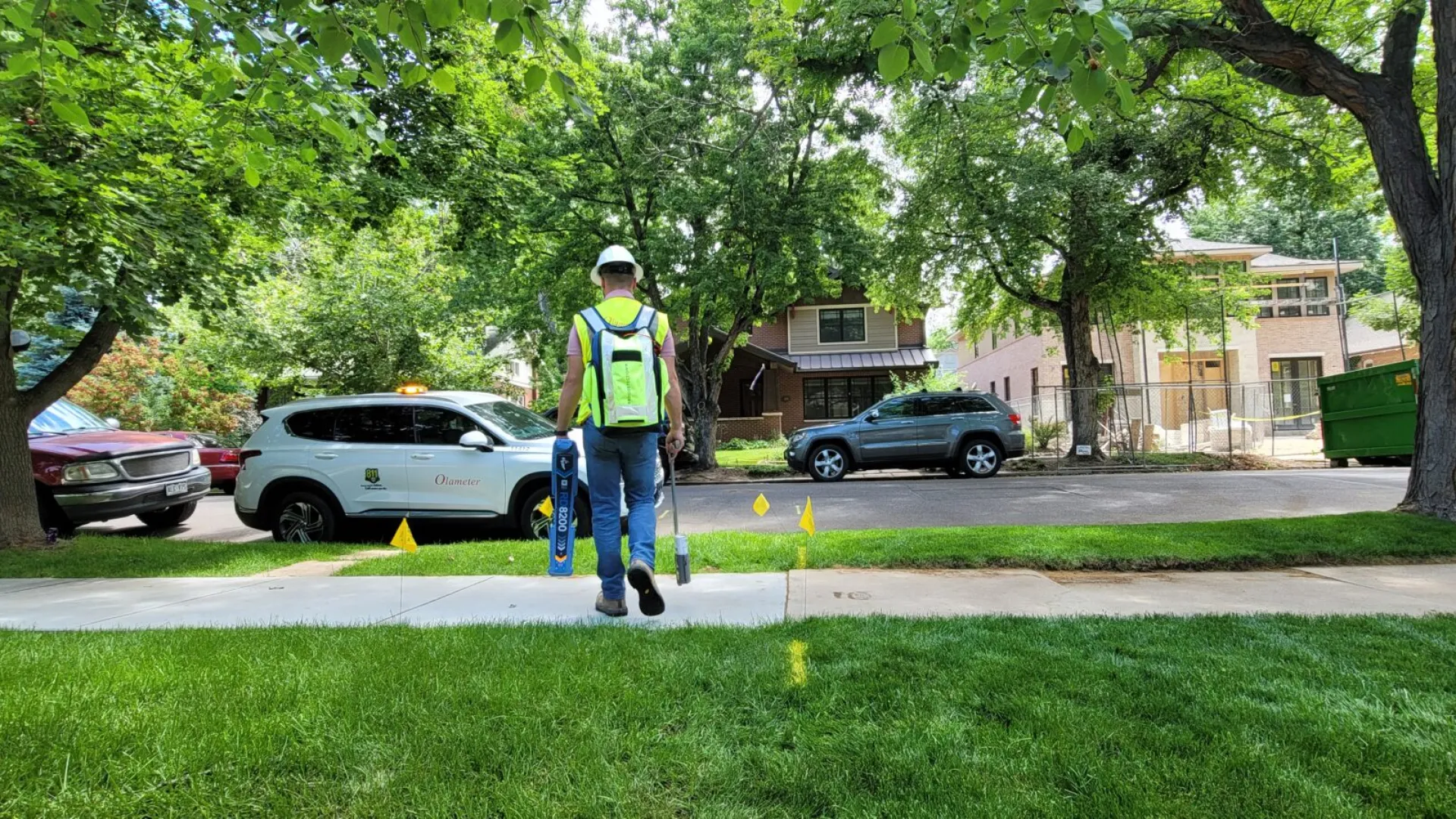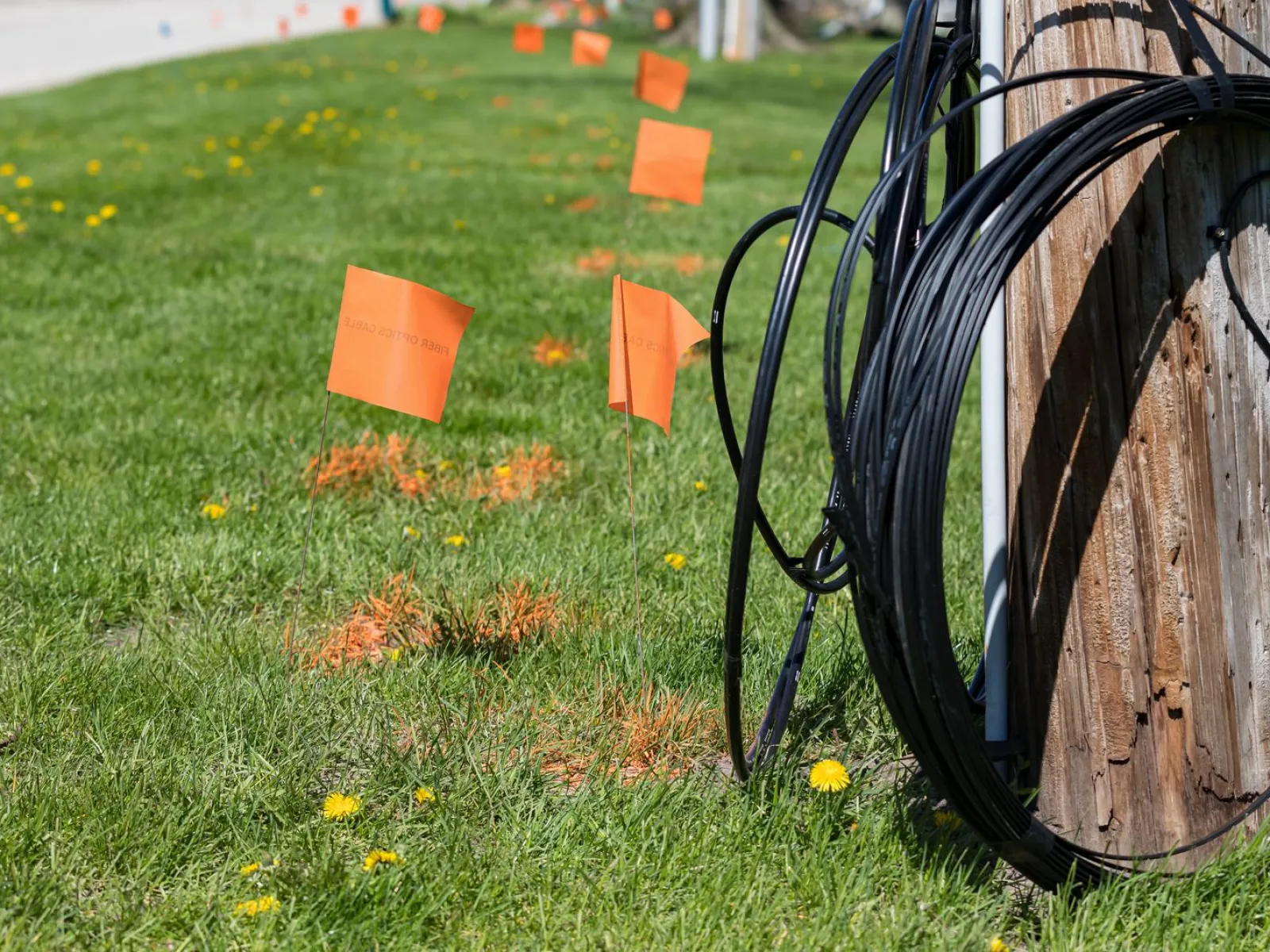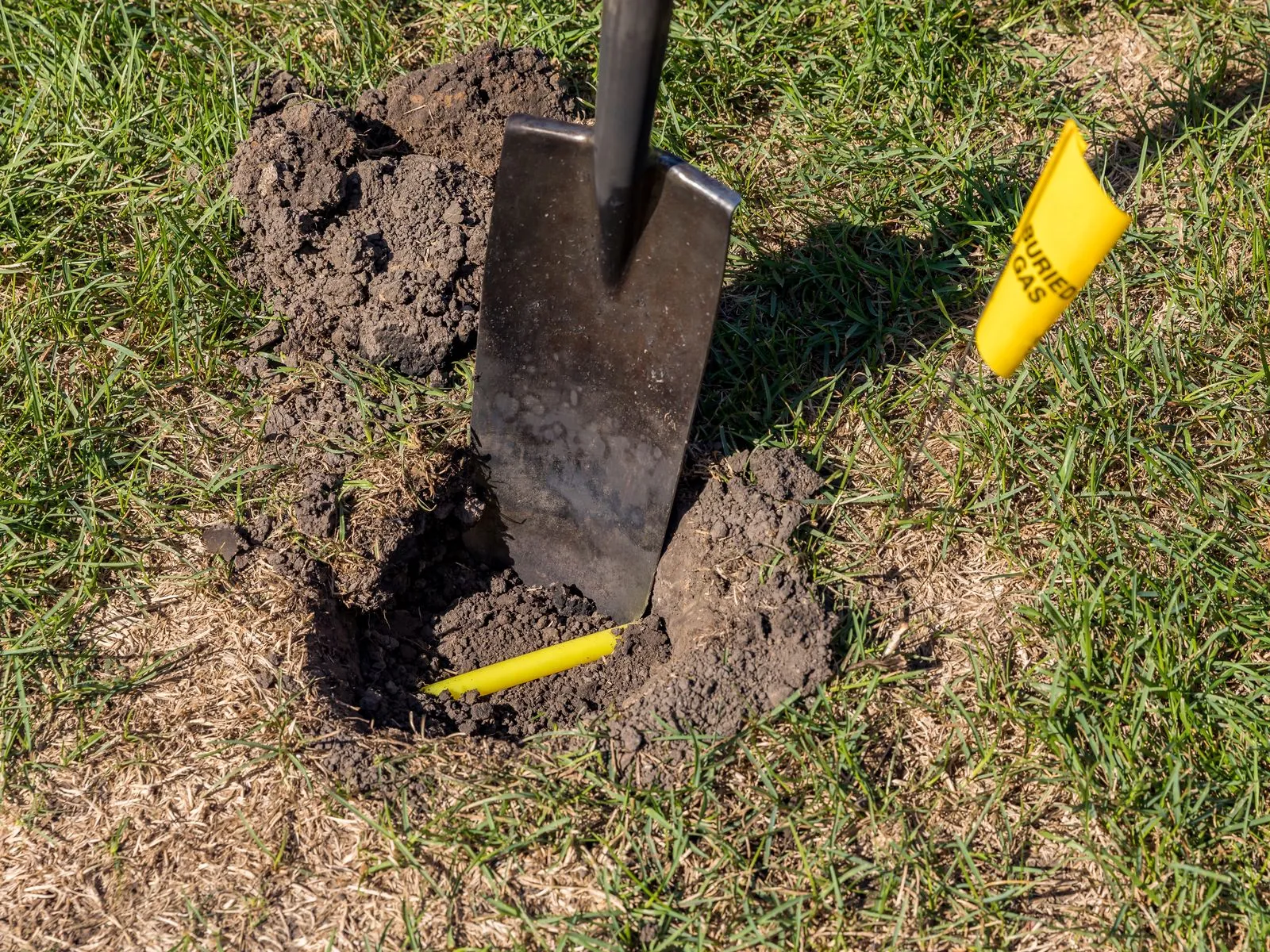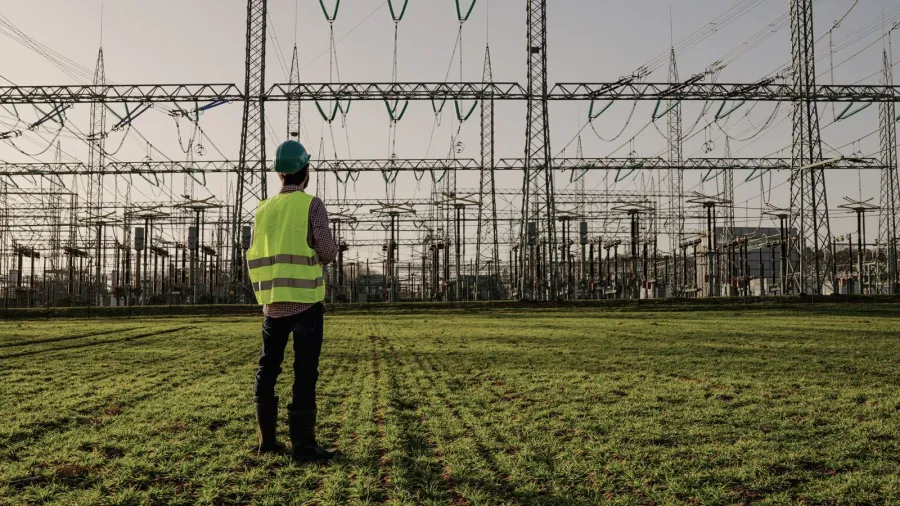
Underground Locating
Olameter provides utility locating services for gas electric water sewer traffic signals and communications in both the US and Canada.

Locating and Marking Utilities
Sites are marked with paint, flags, and stakes, including the option of offset marking using industry-standard conventions so that excavators will not inadvertently damage nearby facilities as they excavate. Tickets can be completed with sketches for reference in the field. We are capable of converting all data gathered in the field into formats suitable for the clients' asset databases and for updating their as-built drawings. We can also provide GPS mapping of locates performed in the field.
As a locating contractor, we understand the importance of having a locate done properly - and safety is our number one concern. Our technicians undergo considerable training in order to master locating techniques and to have practical knowledge of how the buried facilities were originally constructed. A syllabus with comprehensive testing has been developed for Olameter employees by Staking University, a leading state-of-the-art locate training facility. Our technicians are audited and certified on a yearly basis. Olameter's ticket management system assigns and redistributes workloads to our technicians in the field. Our system allows ticket progress to be tracked in real-time.
Benefits resulting from the use of this system include:
- All field technicians receive tickets via real-time wireless or internet on their company laptops
- Full compatibility with One-Call Centers and customer ticket management systems including the ability to respond to both
- Real-time Positive Response to the excavator via fax or e-mail
- All events associated with the ticket are aptured in the ticket history
- Clients are granted full access to the system

Locate Techniques
Locating is accomplished using one of the following basic techniques:
- Electromagnetic detection
- Ground-penetrating radar
- Field measurement based on client data
- Inductive methods
- Vacuum excavation

Quality and Safety
All of our locate personnel adhere to rigorous quality and safety standards through regular audits focused on ensuring excellence in performance, environmental responsibility, and workplace safety. Additionally, all company vehicles are equipped with GPS and are monitored 24/7 to maintain operational efficiency and enhance safety in the field.